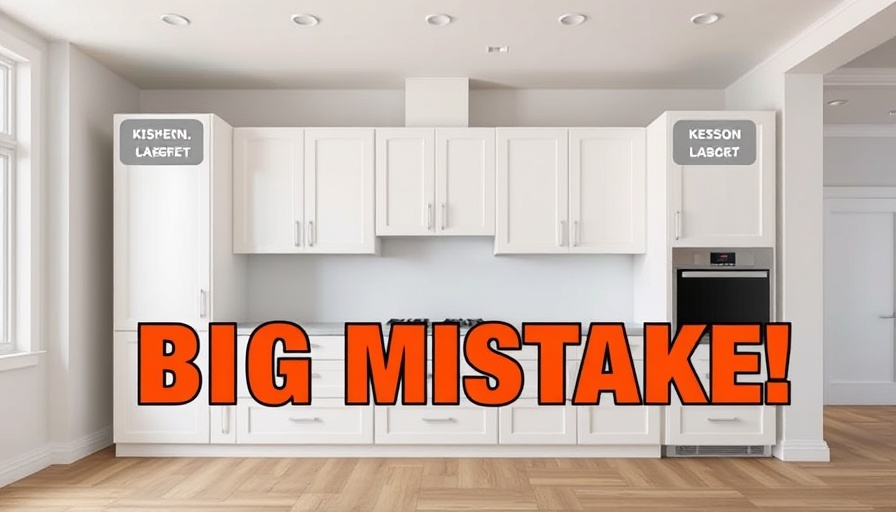
Your Outdoor Oasis: Making Your Yard Safe for Children and Pets
Your backyard should be a safe haven for kids and pets—a vibrant space where they can play freely without constant concern over potential hazards. Transforming your outdoor space into a kid and pet-friendly retreat is easier than you think. With a few smart upgrades and a sprinkle of creativity, you can create an environment where everyone can explore and have fun.
Secure Your Space: The Importance of Fences and Gates
At the heart of a safe outdoor area is a robust fence. If your yard doesn't already have one, this should be your priority. A sturdy fence secures your pets from straying off and provides a reliable boundary for play. Even existing fences need some TLC—inspect for loose boards, sharp edges, or gaps that could allow escape. Ensure gate latches are secure and high enough to deter clever pups and curious toddlers.
Tip: If you have a small dog prone to escape attempts, consider adding dig-proof barriers at the base of your fence. This simple addition can prevent tunneling and keep your furry friends safe.
Creating a Soft Landing: Safety Through Play Areas
Flat, hard surfaces can lead to injuries during those enthusiastic moments of play. Consider soft surfaces like grass, rubber mulch, or wood chips in designated play areas. Grass offers a natural touch but can be demanding in terms of maintenance. Alternatively, rubber mulch or wood chips are excellent for minimizing injury, especially in playground-like settings.
Clear the Dangers: Window Wells and How to Seal Them
If your home has basement windows, the window wells can pose a significant hazard for both kids and pets. Kids might find these wells adventurous but they can lead to serious accidents if left uncovered. The solution? Durable window well covers that guard against unwanted falls while preventing debris and critters from transforming your well into a disheveled mess. Opt for polycarbonate or metal mesh covers to ensure safety without sacrificing natural light.
Choosing the Right Plants: Safety First
Not all greenery is created equal; some can be toxic to pets and children alike. To maintain a safe yard, steer clear of harmful species like Oleander, Foxglove, and Azaleas. Instead, cultivate a garden filled with non-toxic plants that are vibrant and appealing. Marigolds, snapdragons, and even pet-friendly herbs like basil make beautiful additions that enhance safety while keeping the yard lively.
Keeping Cool: Shade and Water Stations
Hot summer days can be a strain on both kids and pets. Ensure there are shaded areas—consider planting trees or setting up pergolas. A kiddie pool or pet-friendly splash pad can provide a refreshing break during games. Remember to integrate a dedicated water station. It’s essential to keep your pets hydrated, while also having cool drinks available for the little ones.
Designing Fun: Create Play Areas
To enhance play and exploration, think about incorporating designated play spaces. Swing sets and climbing frames enhance physical activity for kids, while sand or dirt pits are a delight for toddlers and digging-loving dogs. For the more active canine companions, agility courses offer a fantastic outlet. Set up hurdles, tunnels, and ramps to keep them engaged and entertained.
Keeping It Safe: Removing Hidden Hazards
Keeping an eye on your yard for hidden dangers is crucial. This includes regularly inspecting areas for anything that could potentially harm. Sharp tools, garden chemicals, or remnants from building projects can create unforeseen hazards. Regular maintenance checks ensure that your yard remains a safe haven for both kids and pets.
Final Thoughts: Embrace the Outdoors
Transforming your backyard into a kid and pet-friendly oasis not only promotes a safe atmosphere, but it also fosters memorable family experiences. By investing in thoughtful modifications, you are not just creating a backyard but a cherished space of joy and adventure. Get started today and embrace all that your outdoor area can offer!
Call to Action: Ready to make your yard a true refuge for your family? Start planning your upgrades today and enjoy the process of creating a safe, engaging environment for your children and pets!
 Add Row
Add Row  Add
Add 




Write A Comment